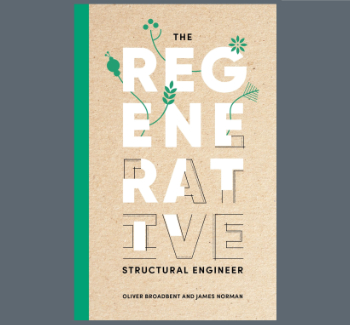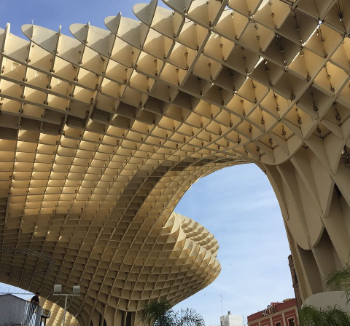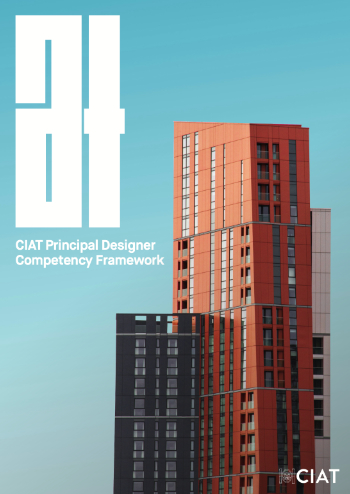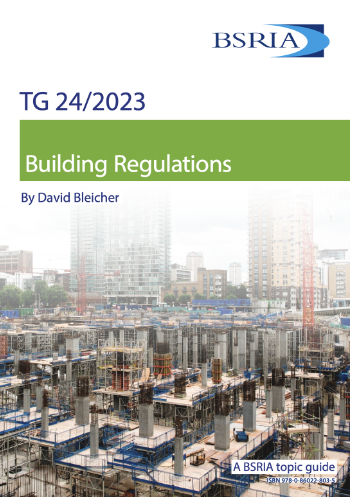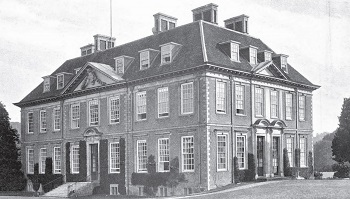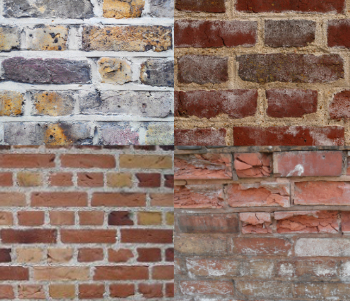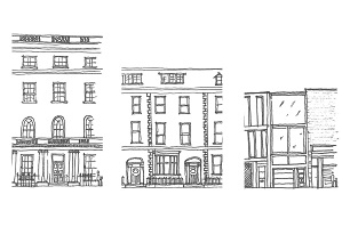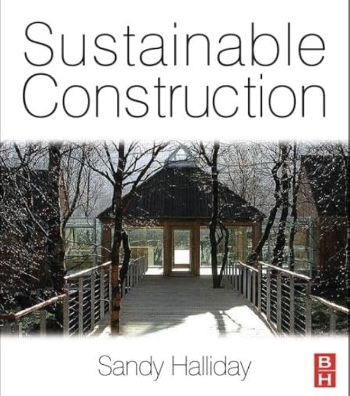Traditional contract: planning permission
Planning permission is a vitally important part of most projects, often making the difference between whether the project proceeds to design or not. Many clients will be unwilling to commit to paying fees for detailed design until they have received planning permission, and on particularly high risk projects the client may even wish to obtain outline planning permission before committing to any significant expenditure. As a consequence planning permission can be applied for at different stages of the project's development.
Contents |
[edit] Assessing the type of application.
The lead designer, architect and client consider whether to make an outline planning application or detailed planning application.
The lead consultant co-ordinates advice from the consultant team on the likely need for an environmental impact assessment and advises the client. It is important that this is considered at a very early stage in the project as preparing an environmental impact assessment can take considerable time and may influence decisions such as site selection. The client may seek a screening decision and/or a scoping study from the local planning authority.
[edit] Undertaking a consultation process.
The lead designer consults with the local planning authority (and other appropriate statutory and non-statutory authorities) to determine the preferred form of the application, dates of planning committee meetings, committee procedures, possible planning conditions and possible planning obligations (section 106 agreement), the community infrastructure levy and the requirement to undertake an external consultation process.
The cost consultant advises on the cost effects of statutory requirements and other requirements including possible planning conditions and planning obligations (section 106 agreement).
The client considers advice from the lead designer and cost consultant and, if necessary, instructs amendments to the design.
The client and lead designer consider the extent and nature of the external consultation process that will be undertaken and the client begins an external consultation process with assistance from the consultant team. The client considers the results of the consultation process and instructs further revisions to the design if required.
[edit] Preparing a planning application.
The lead designer co-ordinates the preparation of a draft planning application and issues it to the client for consideration. The cost consultant advises the client about any abnormal costs arising from the draft planning application.
The client considers the draft planning application and, if necessary, instructs the lead consultant to arrange a value management exercise.
[edit] Submitting a planning application.
The client submits (or instructs the lead designer to submit) the planning application, including the planning fee.
The client (or lead designer) consults with the local planning authority on the progress of the application and likely planning conditions and planning obligations (section 106 agreement). If necessary, the client and lead designer respond to questions from the local planning authority and make representations to the planning committee.
On receipt of a decision (or recommendation in the planning officers report) the client considers the planning conditions and planning obligations (section 106 agreement) that have been (or are likely to be) imposed and, if necessary, instructs the lead consultant to revise the application.
If necessary, on receipt of the decision the client lodges a planning appeal.
NB If necessary the client places (or arranges to have placed) OJEU or other advertisements once planning permission has been received.
Featured articles and news
Sustainable development concepts decade by decade.
The regenerative structural engineer
A call for design that will repair the natural world.
Buildings that mimic the restorative aspects found in nature.
CIAT publishes Principal Designer Competency Framework
For those considering applying for registration as a PD.
BSRIA Building Reg's guidance: The second staircase
An overview focusing on aspects which most affect the building services industry.
Design codes and pattern books
Harmonious proportions and golden sections.
Introducing or next Guest Editor Arun Baybars
Practising architect and design panel review member.
Quick summary by size, shape, test, material, use or bonding.
Types of rapidly renewable content
From forestry to agricultural crops and their by-products.
Terraced houses and the public realm
The discernible difference between the public realm of detached housing and of terraced housing.
Looking back at the influence of climate events
From a designer and writer: 'There are limits to growth but no limits to development'.
Terms, histories, theories and practice.
Biophilic design and natural light
Letting in the light and natural elements into spaces.










